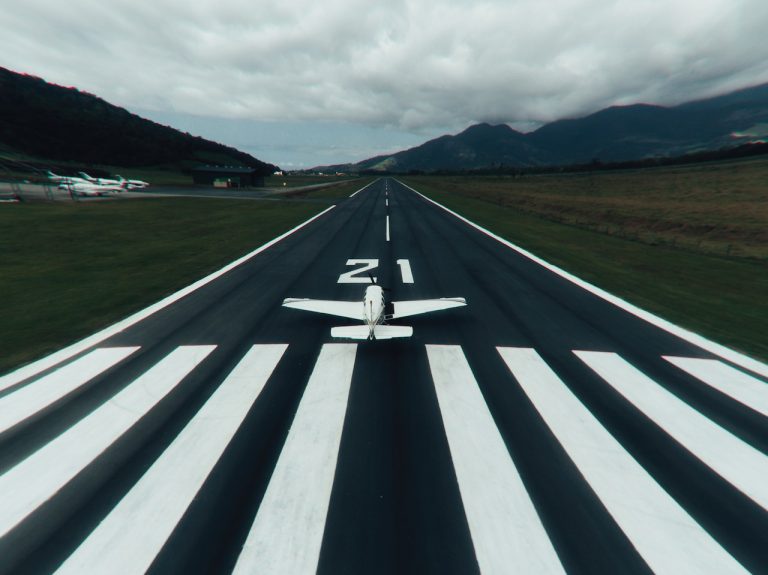When we think of airports most of us think of the largest airport in our area, unaware of the vast network of other airports that people and cargo travel through every day. In the U.S. there are over 19,000 airports, with over 5,000 of them for public use. That’s a lot of critical infrastructure to maintain.
The Federal Aviation Administration (FAA) has a program specifically designed to assist the majority of these 5,000 public-use airports to ensure safe and efficient air transport: The Airport Improvement Program (AIP). Here is what you should know.
Program overview
AIP was initially started in 1946 as the Federal-Aid Airport Program, with funding from the general fund of the U.S. Treasury. After many changes, the current iteration of the program, was established through the Airport and Airway Improvement Act of 1982. Funds for AIP are now drawn from the Airport and Airway Trust fund that was created in 1970. Income for this fund comes from excise taxes on passenger tickets and taxes on aviation fuel purchases, among other revenue sources. Essentially, taxes on the aviation system are intended to be put back into improving the overall system.
Under AIP, airports can apply for a set amount of funding each year based on passenger volume. This program is specifically meant for infrastructure projects including runway construction, weather observation stations, airfield signage, lighting, and drainage, and planning or environmental studies.
Who is eligible for AIP?
In order to be eligible for the program an airport has to be for public use and be included in the National Plan of Integrated Airport Systems (NPIAS), which is updated every two years. The NPIAS has been published since 1984 and identifies the roles each airport serves in the national system, as well as a 5-year estimate of eligible airport development funding through AIP. The latest report was published in September 2020.
Journalists can easily peruse the list for which airports in their state are included in this system. For example, the state of Maryland has a total of 221 airports, 35 of which are public-use, and 18 of which are included in NPIAS.
Story opportunities for AIP
There are a number of ways you can use information from this program.
Latest grant recipients: Check out the latest grant recipients in your area. What are these airports using the funds for? Keep in mind that public-use airports in the NPIAS, and thus eligible for federal funds, can include facilities that don’t have commercial flights, i.e. they only serve private aviation.
History of grant funding: Journalists can also look at a history of grant funding to their local airports to see what other projects have been funded through federal aid in past years, as well as how often grants are given to each airport.
Noise maps: One of the biggest complaints from residents near an airport is how much noise they produce. Through AIP, airports can use the funds for ‘noise compatibility projects.’ Exposure maps created from these reports are required to be available to the public. However, the process of completing the study is voluntary and the majority of accessible maps have not been updated in many years. When was the last time your closest airport did a noise exposure study?
Buy American Preferences: All steel and manufactured goods used in AIP projects are required to be produced in the U.S. The FAA can waive this requirement under certain circumstances. Check to see what projects are able to abide by this rule and which are requesting waivers. The AIP website displays waivers granted and current waivers under consideration that are open for comment from the public.







